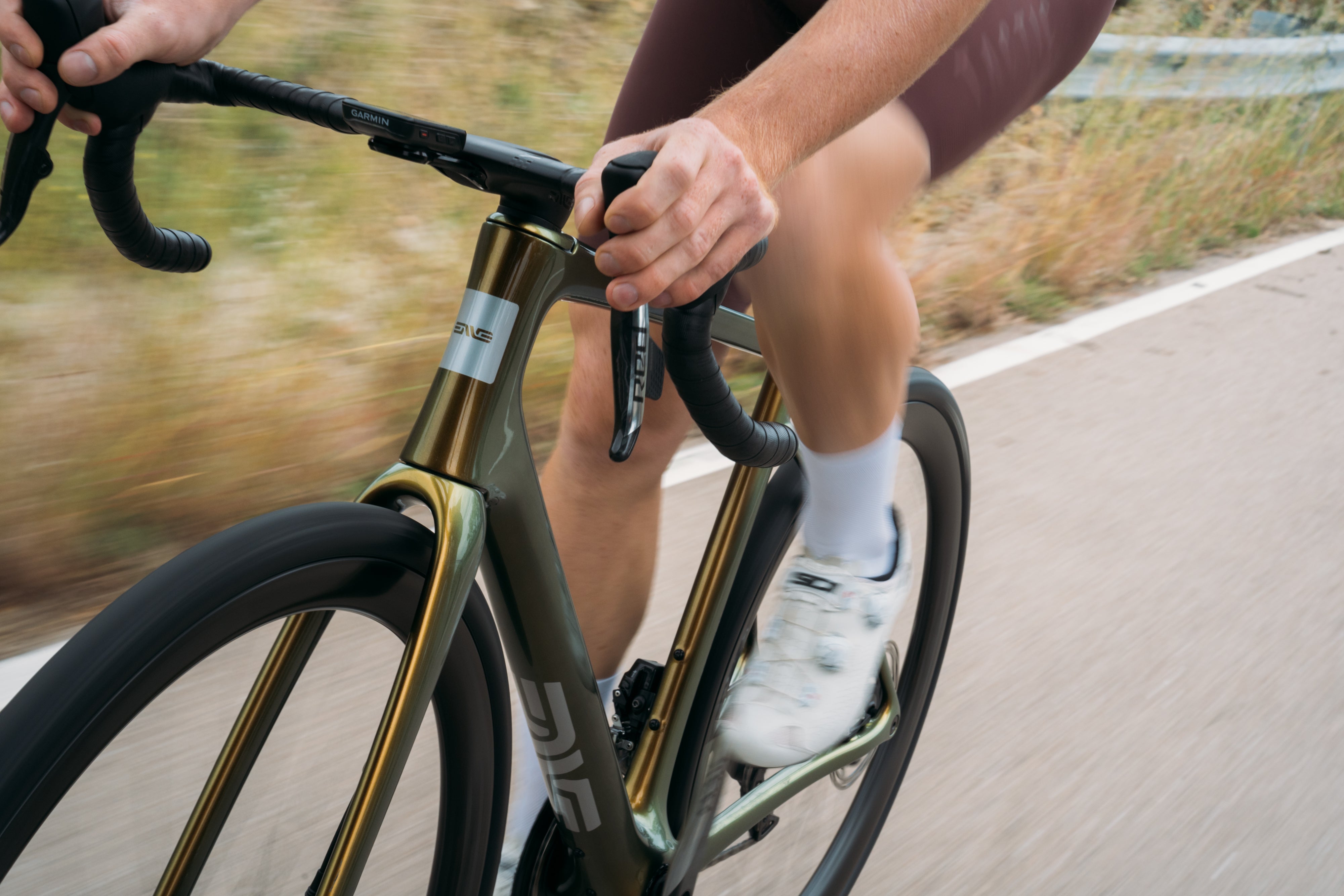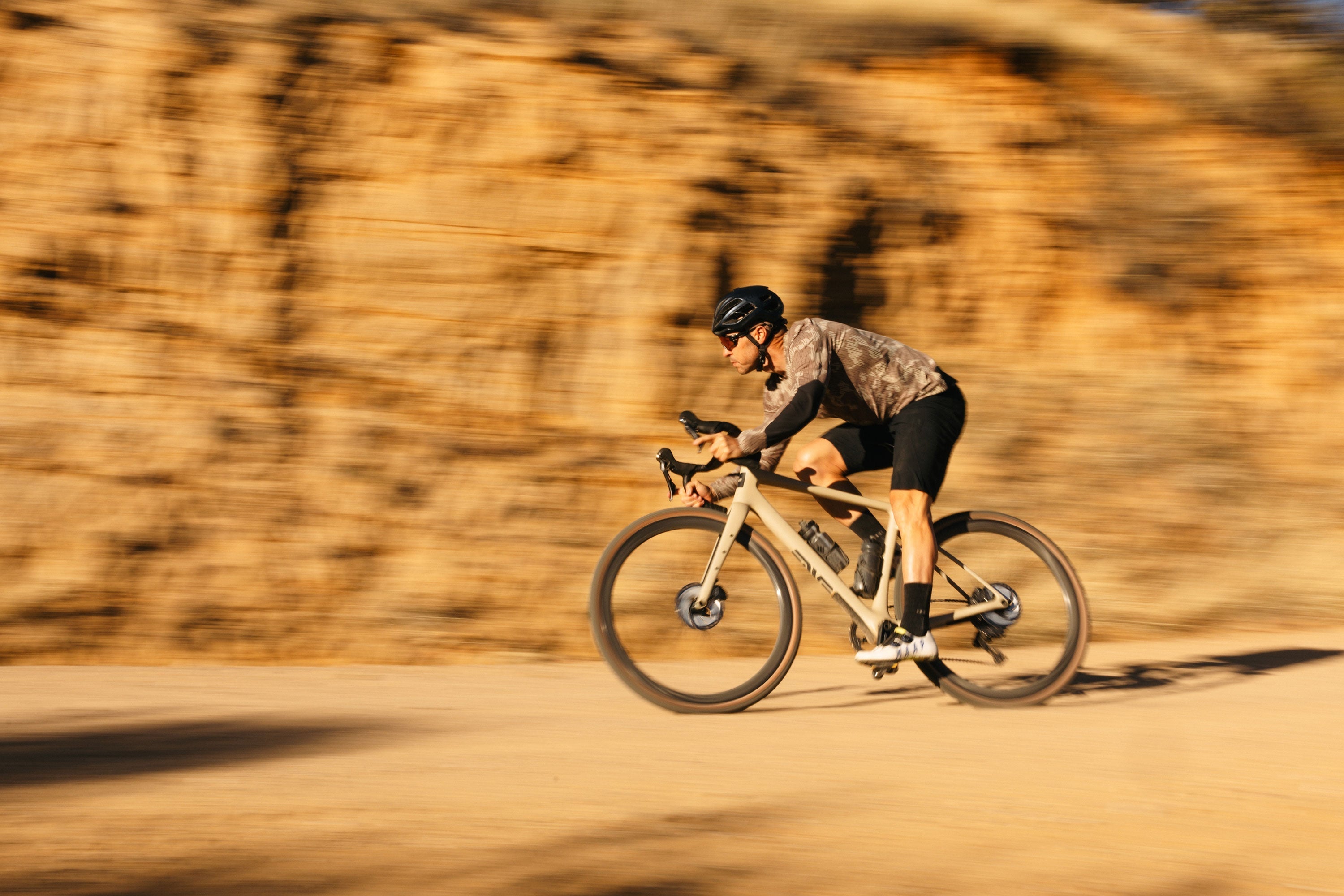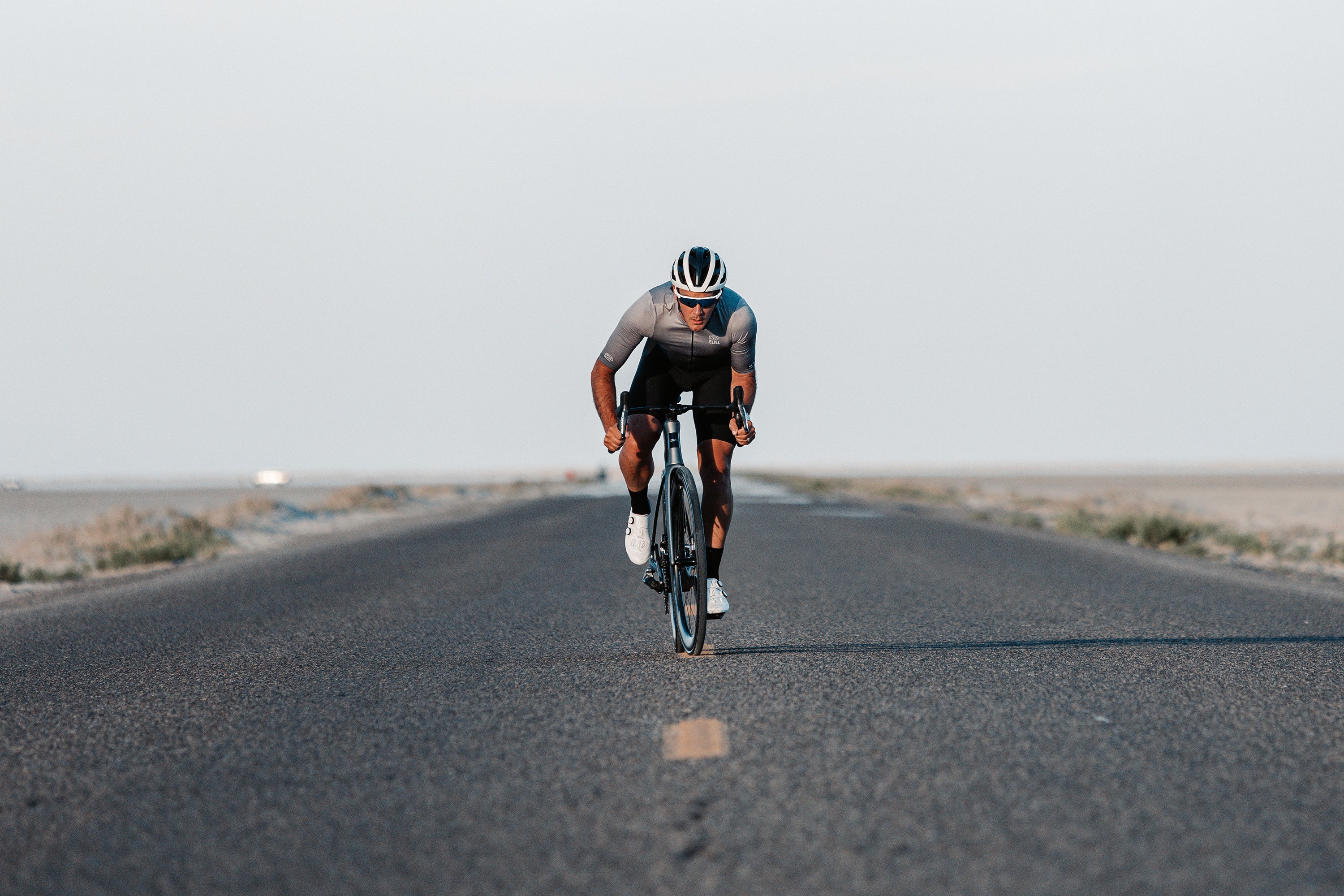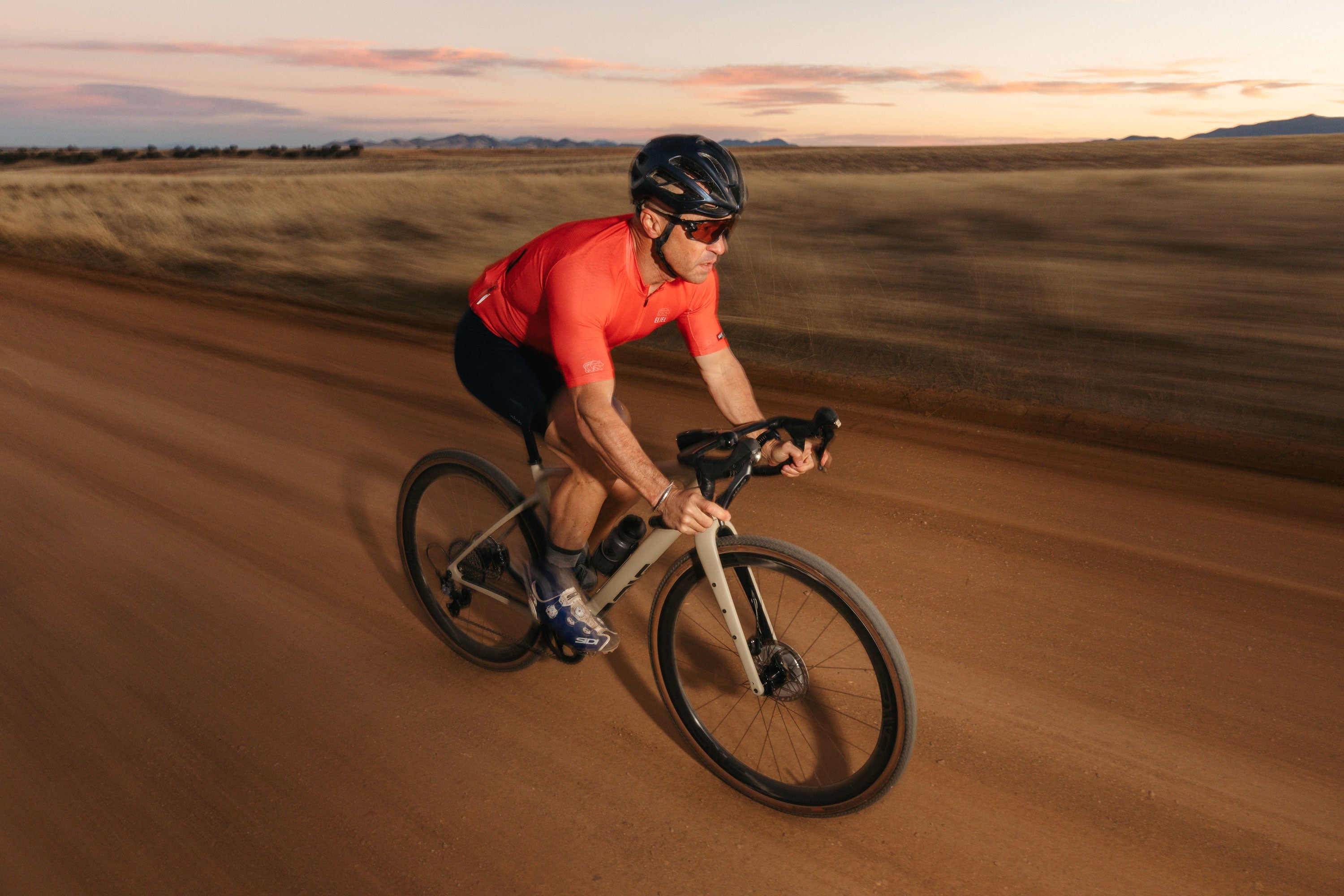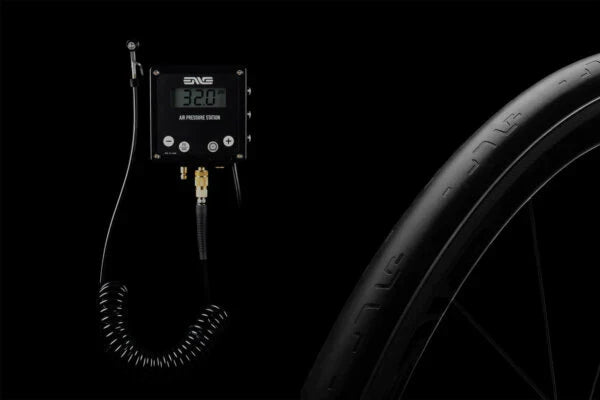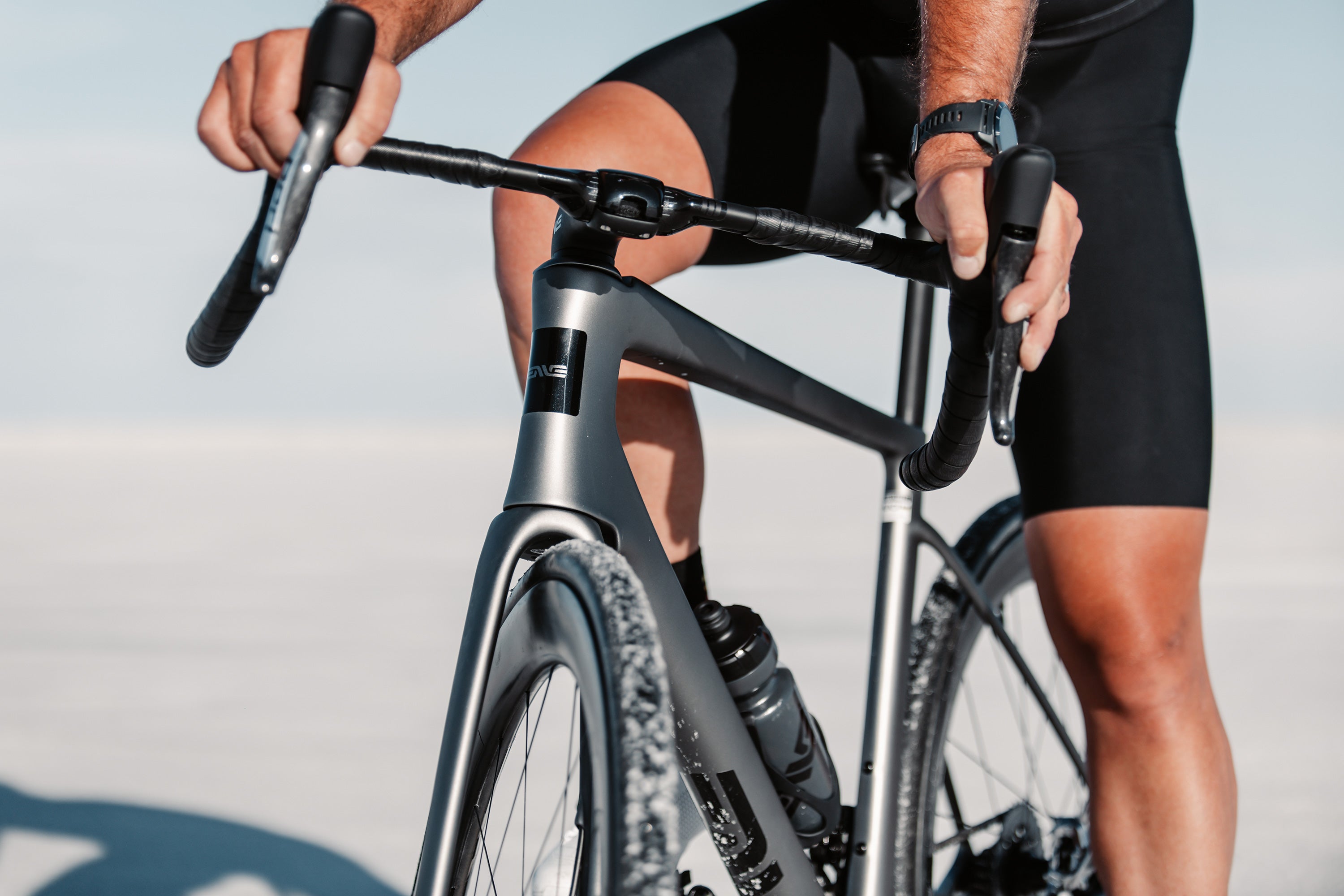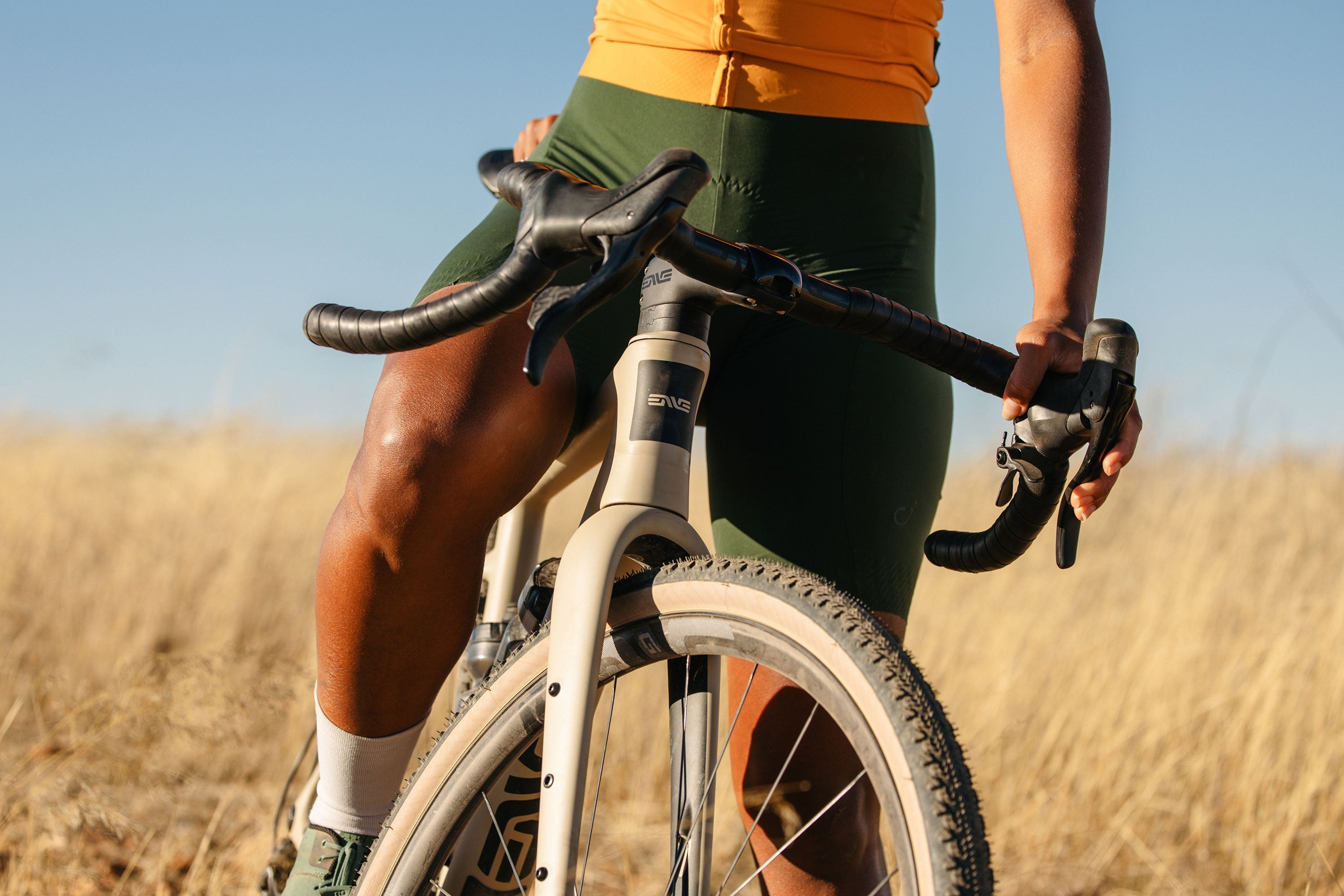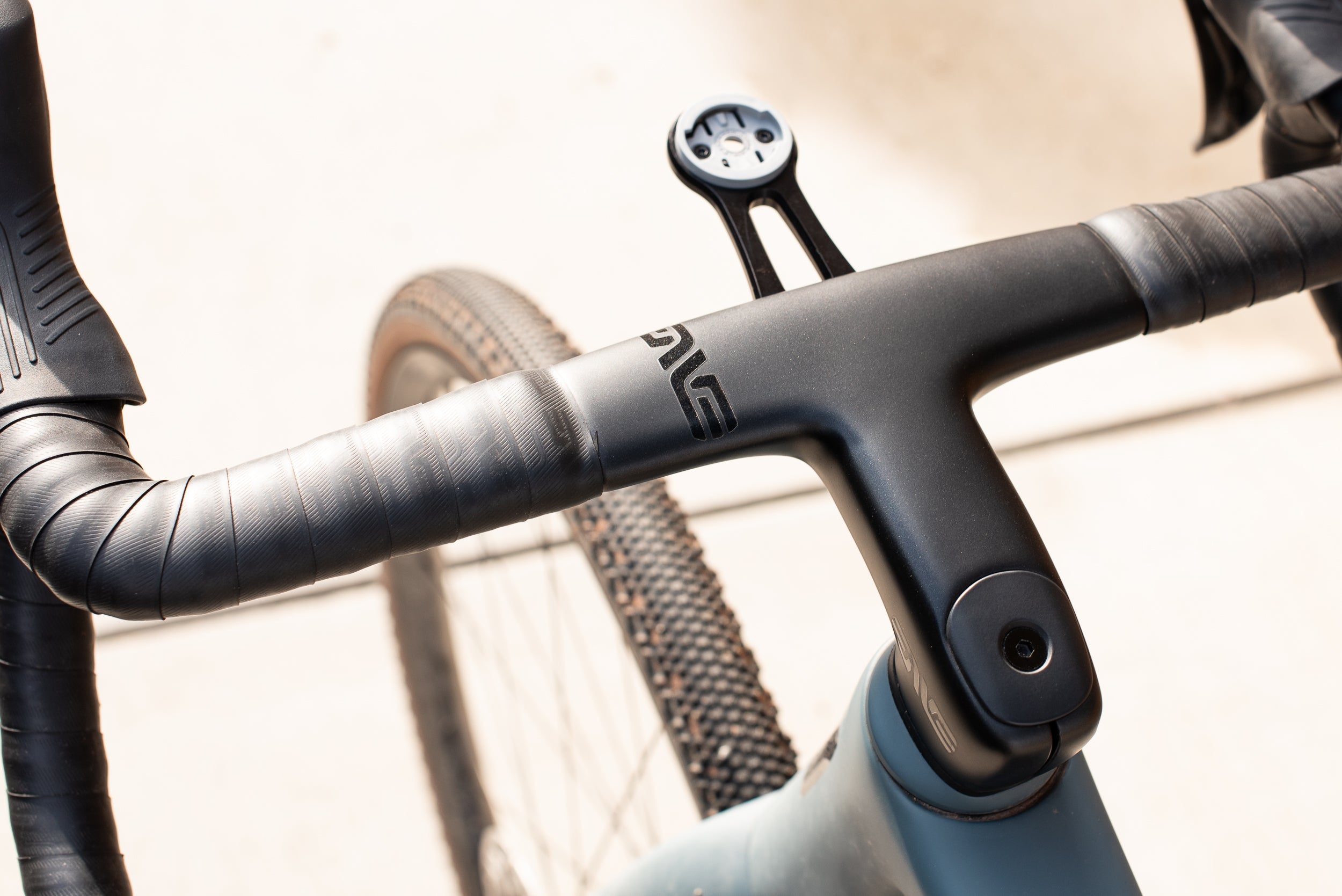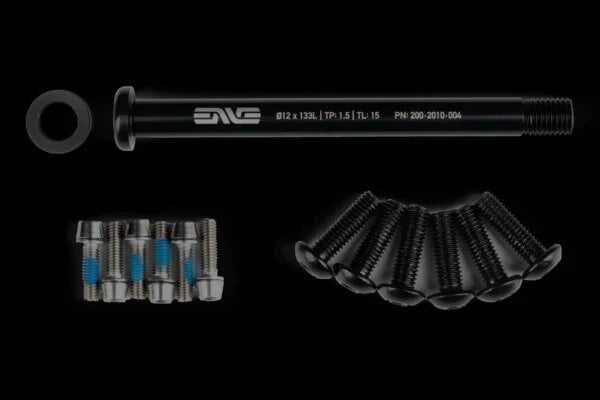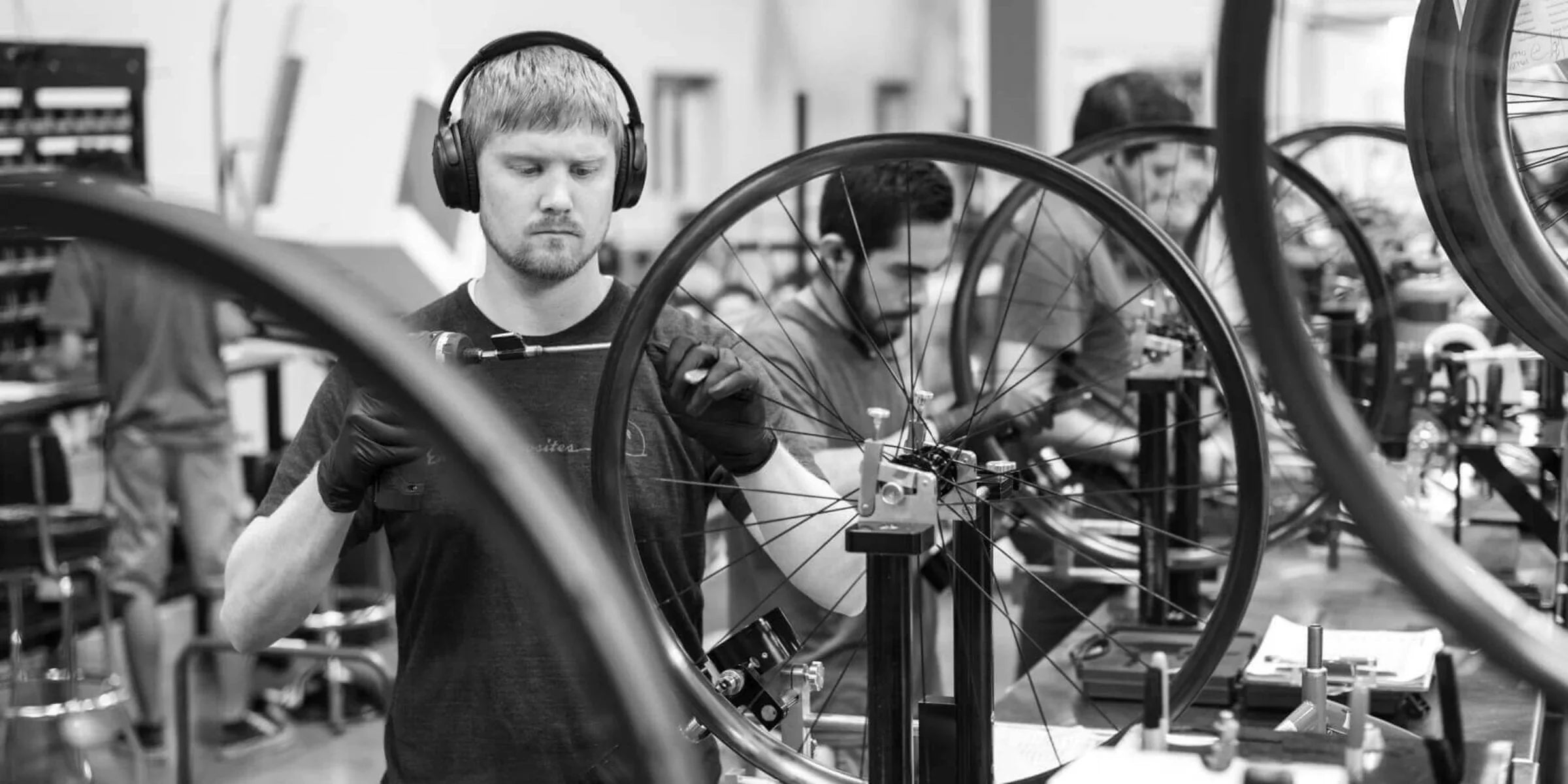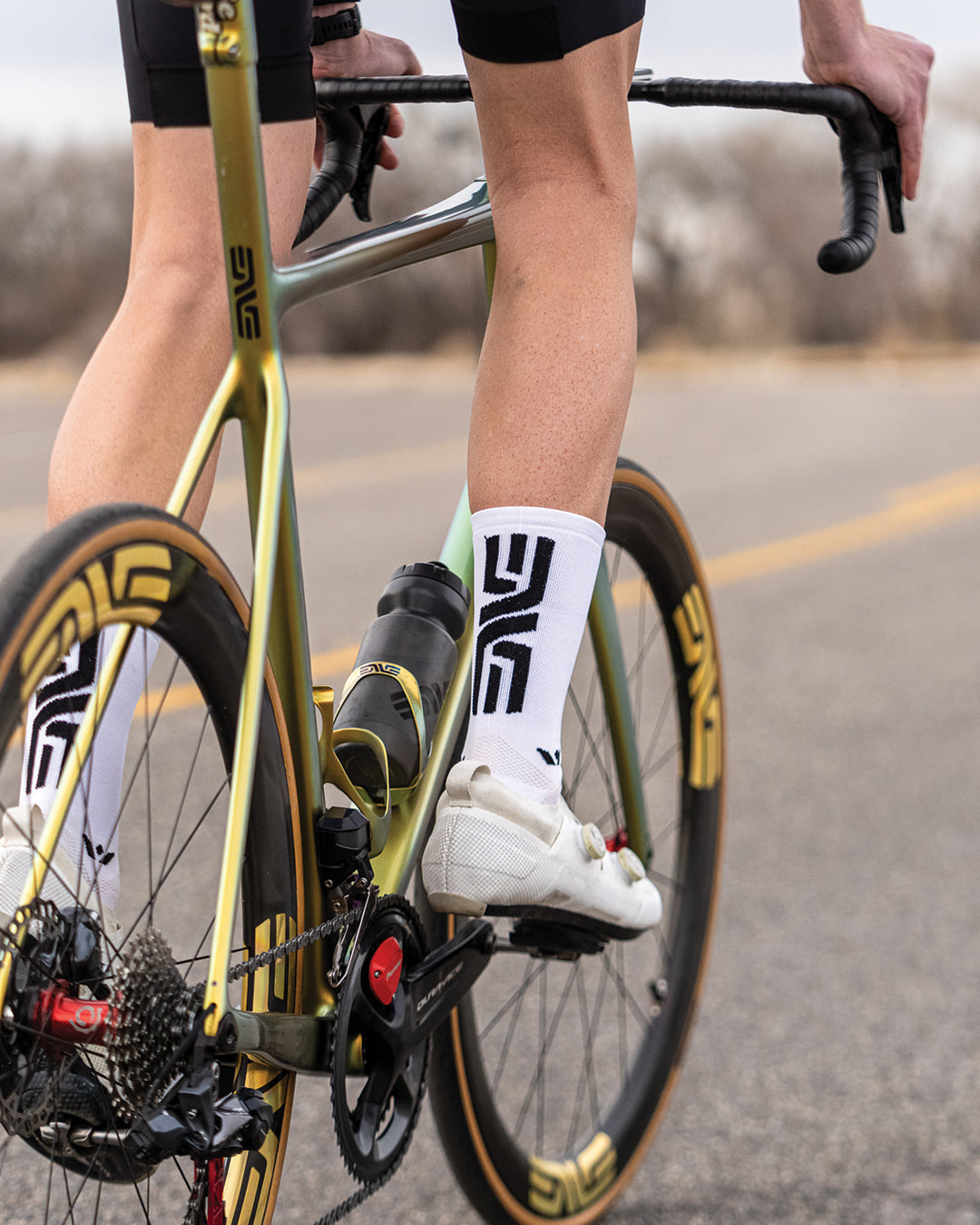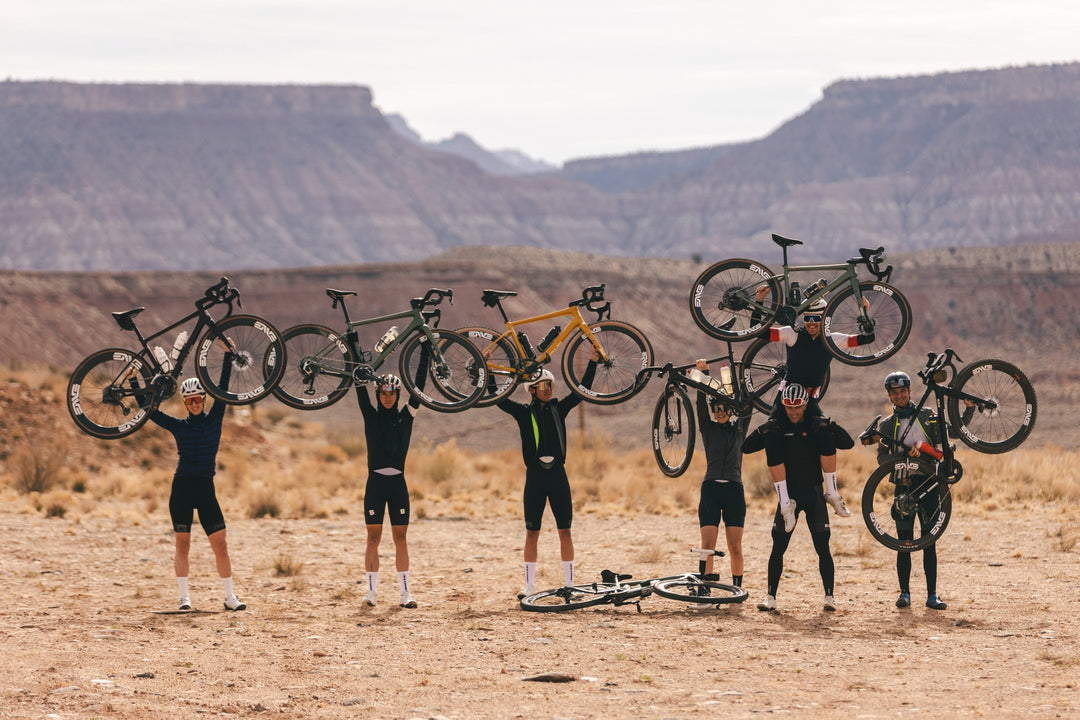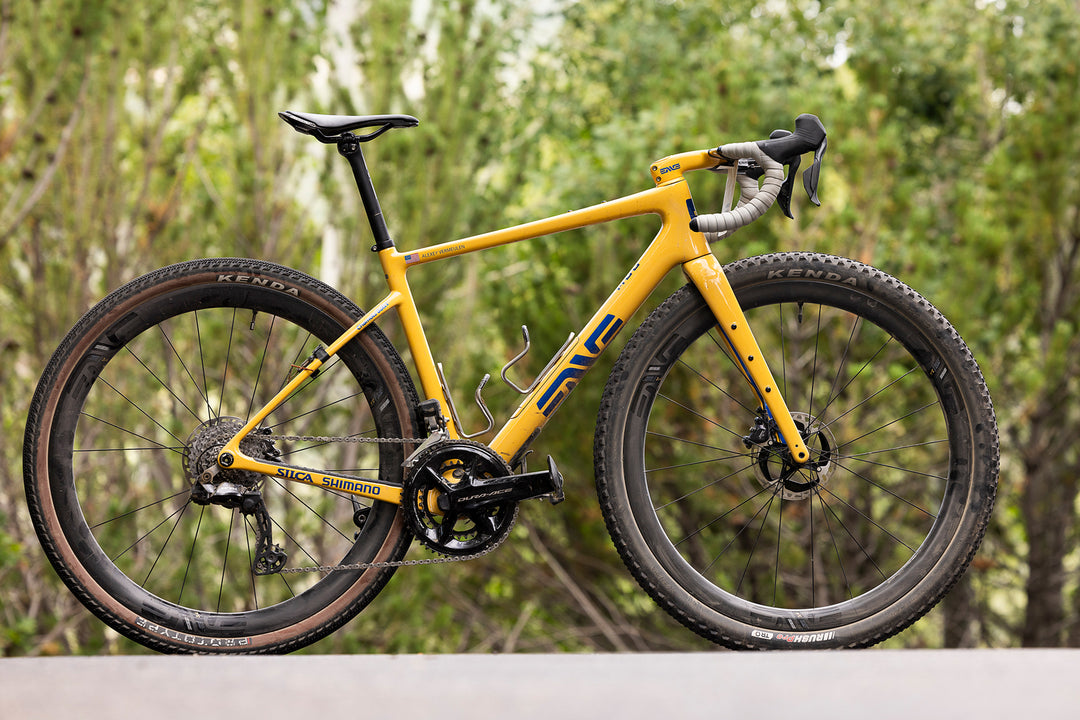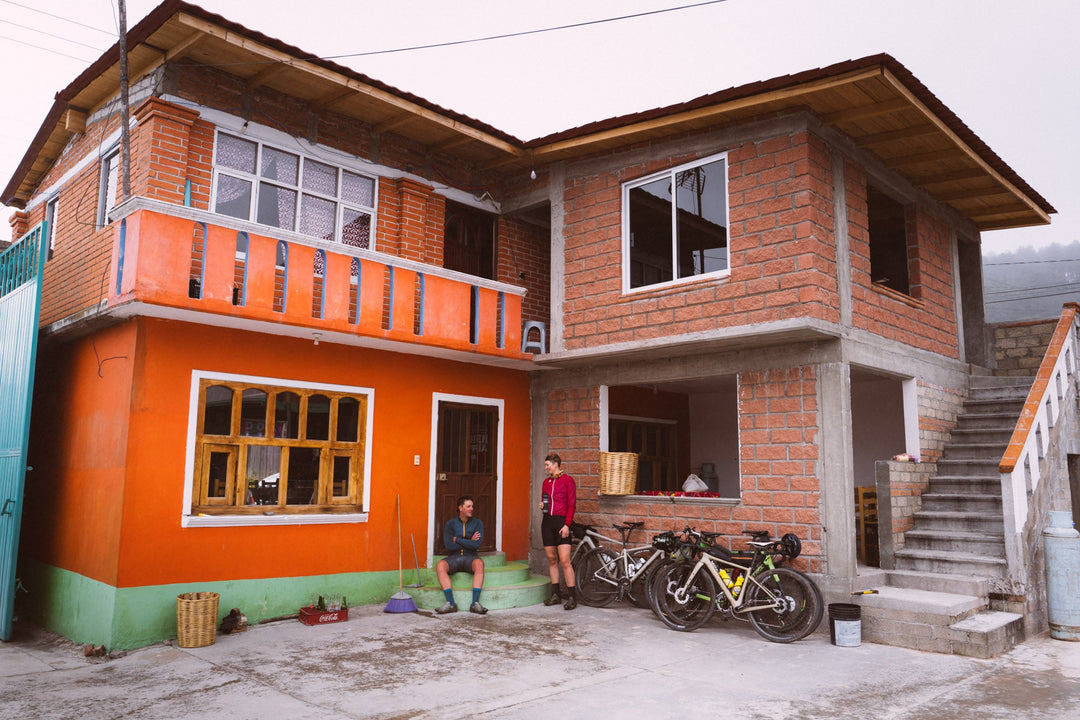Gravel is the New Ironman
Throughout the decades, endurance fitness crazes have come and gone. The 1980s saw the explosion of original endurance race, the marathon. The running craze seized the United States and the world beyond. Regular citizens were running for fun and fitness, U.S. athletes challenged for the Boston Marathon win, and joggers everywhere thought maybe I could do that. In the late 1990s, Ironman became the new marathon, fueled by Mark Allen, Dave Scott, and Outside Magazine. By the 2010s, the focus shifted again, to ultra-running, SwimRun, or cyclocross. Many multisport athletes returned to triathlon, sensibly finding that three sports kept them motivated, engaged, and generally fit for anything. In the 2020s, gravel is the new Ironman, and if you have a long-distance triathlon habit in your background, there’s a good chance you’ll find gravel crunching under your 40c tires before you know it.
Why Triathletes Make Great Gravel Racers
Ironman-distance triathletes are uniquely suited to gravel racing. First of all, though, what’s gravel in the first place? Well, they’re bike races, sort of. Unlike traditional bike racing, with its categories, unwritten rules, and gnostic behavior, gravel racing sets few barriers against entry. Races tend to start all at once rather than in categorized waves, and all are welcome: world tour riders and grandmas alike. Gravel races often challenge their participants through a combination of length and terrain on various surfaces, including pavement, dirt, trail, and (of course) gravel. The atmosphere at gravel events is much more grassroots triathlon than downtown criterium, so you’ll probably feel at home. Here are six reasons why you, triathletes, are going to crush this style of racing.

You’re Strong as Opposed to Fast
The fantastic thing about long-distance professional triathletes is that they are good for very long periods. Even if you’re not a professional, you’re likely the same: you may not be able to win a town-line sprint, your local 5k, or the 200y Free at a Masters meet, but you just never stop going. That’s strength, and you’ve got it in spades. Maybe it’s the endless big gear sessions your coach gives you or the years of four-to-six-hour rides on Saturday, but you’re a strong athlete. Gravel racing, with the lower speeds on high-friction surfaces, suits you perfectly. You don’t need a big turn of speed—you just need room to let that diesel rumble.
You’re Used to Riding Alone
Remember all those Saturday mornings when your bike racing friend invited you to come on “this epic group ride?” As a rules-following triathlete, you were probably reluctant, saying something like, “My coach wants me to get in some long, steady aerobic intervals.” Group rides are fun, for sure, but they mimic bike races, with their stochastic, punchy periods separated by stretches of spinning and chatting. Maybe you watched, forlornly, as a pack of cyclists rode past while you toiled along, dutifully performing intervals 30-45 minutes in length. Well, those years of riding alone now makes you the strong one in a gravel race. Gravel events (whether you are racing or just participating) hinge on strength rather than tactical savvy since it matters less what kind of draft you’re getting and more on if you can ride up this muddy hill or not. Bike racers, who are good at punching and attacking, may not have the same kind of sustain that you have. Also of benefit is the mental strength you have from spending long hours alone with your thoughts. The ability to do so without losing your patience will set you up for success when facing sometimes hours of solo riding to the finish line.

You’re (probably) Metabolically Efficient
As someone more intelligent than we have said, “metabolic efficiency is just getting fit.” Metabolic efficiency is having a moment right now, and a group of people has tried to cut corners to get there faster, often from the “high fat, low carb” approach. This can help, but it’s the final approach, not the first approach. Want to become more efficient at mobilizing and oxidizing (using) fats instead of carbohydrates? Pedal more, and pedal more at lower intensities and lower cadences. Oh, does that sound like 70.3 and Ironman base training? Why yes, it does.
You Understand Aid Stations
Gravel events utilize a refueling system that is much more triathlon than bike race. Cyclists have always preferred feed zones, where teammates, assistants, or parents wait for the field and desperately try to hand bottles and food to participants moving past at well over twenty miles an hour. Chaos usually reigns, with dropped water bottles exploding under the wheels like grenades. Although many do grab bottles at aid stations during their events, triathletes often take the stations slower, and many stop to refill their pockets and reservoirs. You’ll find the same familiar system at most gravel events, with helpers and workers handing up bottles to passing riders but also welcoming those that get off their bikes with cookies, PB&J sandwiches, and many other goodies. The races are long enough that stopping at aid stations rarely affects your time or result too much, so use them. They are part of the attraction and very often part of the fun.


You’re Used to 8-17 Hour Efforts
Cyclists can adjust to this time frame through their training, certainly, but most are accustomed to races that last one to five hours. Many gravel races will see you out on course for time frames favoring the preparation and event duration suited to the triathlete. Ride from sunrise to sundown? For most triathletes, that’s just a day well spent.



You Understand The Benefits of Purpose-Built Equipment
The aerodynamic benefits gained through your position on the bike and equipment are something that triathletes fully understand. This same thought process will set you up for success in gravel riding and racing since it can require the same equipment focus, albeit with other considerations beyond simply looking at aerodynamics alone. As important as reducing aero drag is for an 8-12 hour event, other things come into focus, such as rider position for comfort and confident handling, pinch flat resistance, and compliance. We here at ENVE began riding gravel a number of years ago, and after spending time on a variety of products, realized that the component options in the marketplace didn’t address those specific needs. The G Series line was developed with features designed to meet the demands of gravel riding, to provide the best riding experience for new and experienced riders alike.
The Gravel Handlebar is shaped to provide compliance for all-day riding comfort with flared drops to widen your stance for improved handling on descents. They’re also designed for use with the Clip-On Extensions, so you can still achieve that familiar aero-bar efficiency. The G23s are the lightest weight gravel wheels available and provide an unmeasurable advantage in their pinch flat resistance. A tubeless pinch flat is a common occurrence when riding gravel, even when using a tire as large as 40c, but ENVE’s Wide Hookless Bead rim design provides a massive advantage in allowing the optimal tire pressure without the worry of a pinch flat. For more information on the equipment considerations needed for each event, read our Gravel Guide. Here are some ENVE employee’s bike setups for the last edition of UNBOUND Gravel.



How to Start
Find a race – There are numerous events on the calendar ranging from grassroots local events to those that will give you the feel of a major Ironman event. Here are some of our favorites:
ENVE Grodeo (Ogden, UT)
Unbound Gravel (Emporia, KS)
SBT GRVL (Steamboat Springs, CO)
Rebecca’s Private Idaho (Ketchum, ID)
Belgian Waffle Ride (Escondido, CA; Asheville, NC; Cedar City, UT)
Crusher in the Tushar (Beaver, UT)
Rock Cobbler (Bakersfield, CA)
The Last Best Ride (Whitefish, MT)



